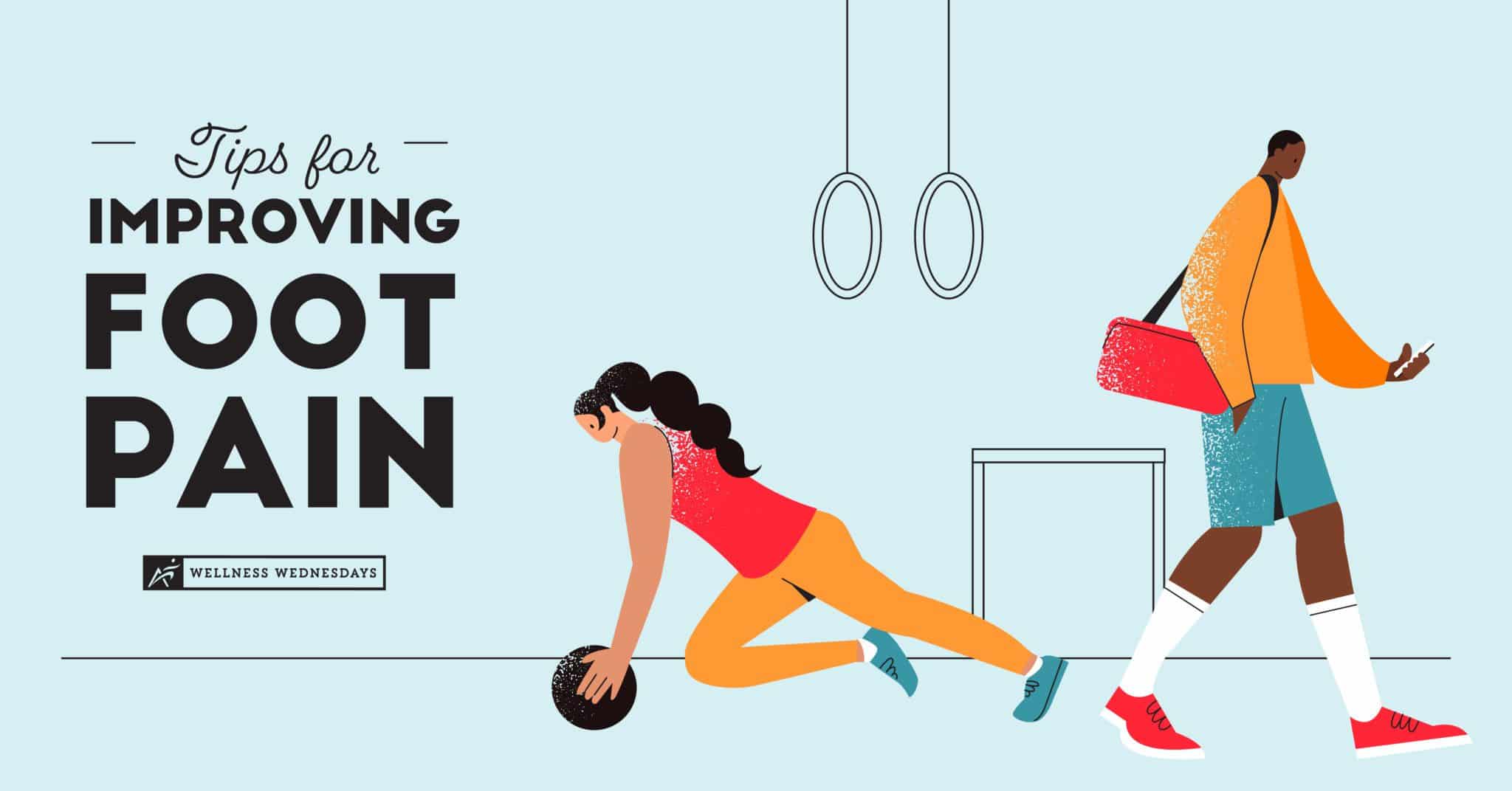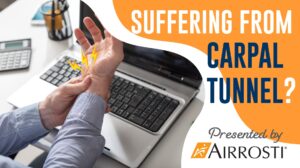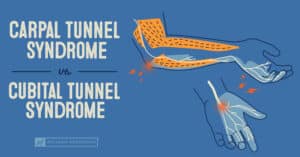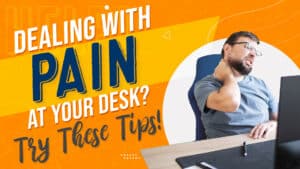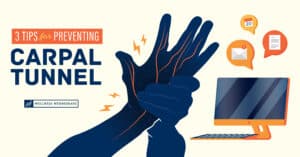Foot pain can seriously disrupt anyone’s quality of life, regardless of fitness levels. Today, Taylor Levick, DC, reveals the most common reasons foot pain develops and what to you can do to keep it from breaking your stride.
When it comes to foot pain, visiting your doctor can help you rule out more serious injuries such as fractures. But when the source of pain isn’t straightforward, the common advice given is to “take some time to rest.” Unfortunately, this advice isn’t always helpful or practical, especially if your job requires you to be on your feet.
Here we address some of the most common underlying causes of foot pain. While we won’t be discussing specific diagnoses, such as plantar fasciitis or Achilles tendonitis, there is often a significant overlap in what causes a lot of these conditions to occur.
How Foot Pain Develops
When the force applied to the tissue exceeds what that tissue is prepared to handle, an injury occurs. This applies both to acute injuries as well as chronic and repetitive strain injuries.
One way to reduce your risk of injury is to ensure your body is moving efficiently. Since we need full range of motion with our movements when we walk, run, squat, etc., lack of mobility in certain joints can force the body to overcompensate to get the job done.
One common form of overcompensation is overpronation. This is the body’s way of ignoring mobility limitations in the big toe and ankle. Overpronation occurs when the arch of the foot collapses excessively. Subsequently, the shin, knee, and thigh rotate inwards, putting extra pressure on the surrounding tissues. This may make your body more susceptible to foot pain.
Understanding this dynamic can give us tremendous insight into how to rehab an injury. We can either strengthen the injured tissue to make it more resilient, or decrease the intensity of forces applied to it, or both.
Build Strength And Reduce Impact
Stretching and foam rolling the calves is an excellent place to start. When stiff, this muscle group can limit ankle dorsiflexion and cause the compensation pattern discussed above.
*Disclaimer: Always consult with your doctor before starting any exercise program. Stop immediately if you experience any pain, tingling, or difficulties performing these exercises. *
Stretch It Out With A Lacrosse Ball & Foam Roller
Foam Roll: Side Calf
- Place a foam roller on the floor and take a side position with the outside of your lower leg on the foam roller.
- Roll the entire outside of your calf from your upper tibia to your ankle in an up and down motion.
- Do not roll over the knee.
- Maintain tightness in your abs and proper low back posture during the exercise.
- Repeat for 6 – 8 passes.
Foam Roll: Calf
- Place the foam roller between the Achilles tendon and calf muscle, do not roll behind the back of the knee.
- Cross the other leg over the leg being treated to increase the pressure.
- Roll the entire calf in an up and down motion.
- Pause at any spots that feel tight.
- Keep your calf relaxed
- Roll for no more than 2 minutes, twice a day.
Stretching and massaging the foot can also be very helpful. You can use a lacrosse ball to massage the bottom of the foot to help improve your range of motion.
Lacrosse Ball: Plantar Fascia Release
- Sit in a chair to help control the pressure put on your feet.
- Take a lacrosse ball and place it under your affected foot.
- Apply downward pressure on the lacrosse ball with the foot.
- Stay off the heel & ball of the foot, keeping the ball inside the foot.
- Move the ball under your foot to find tender spots.
- Once you are on a tender spot, hold the position while applying pressure.
- Continue to massage for up to 30 seconds.
Build Strength With Toe Yoga
Lastly, we need to strengthen the muscles in the foot and lower leg to better resist overpronation. While the following exercise is not the only way to stretch and strengthen your feet, it is a convenient exercise you can do anywhere which is a great place to start.
- Sit in a chair with bare feet.
- With one foot, lift your big toe up and push your other four toes into the ground.
- Next, push your big toe down and lift your other four toes off the ground.
- Repeat 10 times on each foot.
Don’t Let Foot Pain Trip You Up
Give the above stretches and exercises a try and see if they help to alleviate the pain. If no improvement is seen after a few weeks, schedule an appointment with us at Airrosti and get a more customized treatment plan built for your individual needs.
At Airrosti, our providers are dedicated to finding and treating the underlying cause of pain. Because of our safe and effective approach to muscle and joint care, more than 88% of our patients report complete injury resolution, with most injuries resolved in an average of 3.2 visits (based on patient-reported outcomes.)
Call us at (800) 404-6050 to learn more or schedule an appointment today. We offer both in-office and virtual appointments through Airrosti Remote Recovery.
Read our Medical Disclaimer here.


